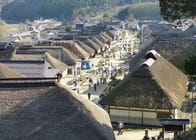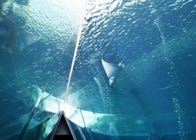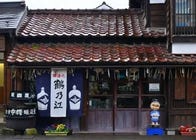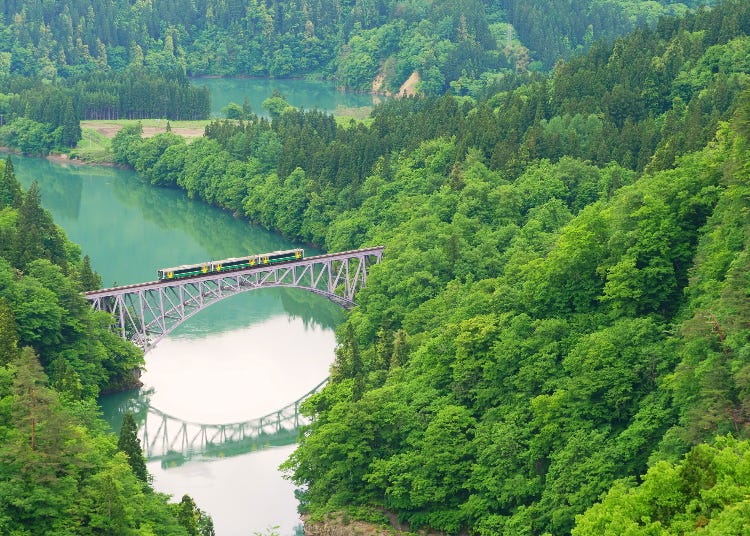
Fukushima has many great places to visit! Fukushima Prefecture can be found in the Tohoku region of northern Japan. You will find many historical, natural, and culinary attractions here, including a spectacular castle with a red-tiled roof, breathtaking lakes, and a variety of fresh fruits and fun festivals.
Here are 20 fun things to do when visiting Fukushima.
*Main image: PIXTA
What is Fukushima Prefecture like?

As Japan's third-largest prefecture, Fukushima Prefecture has a population of around 1.85 million people and is divided into three major areas: Aizu, Nakadori, and Hamadori.
The Aizu region has a variety of historical sites like Tsuruga Castle and Aizu Sazaedo in addition to several hot springs towns.
Nakadori is a central region of Fukushima, featuring mountainous natural landscapes, orchards, and hot springs. Both Aizu and Nakadori have basin areas that are relatively warm in winter and mountainous areas with cold summers and snowy winters.
Hamadori is located on the Pacific side. It has many tourist attractions, including the pools of Spa Resort Hawaiians and the Aquamarine Fukushima Aquarium. Summers here are cool due to the gentle sea breeze.
You can sample unique souvenirs from Fukushima by visiting the onsen towns of Fukushima City or Aizuwakamatsu. There are plenty of places to enjoy local sake and many great places to eat that offer local cuisines like ika-ninjin and gyoza.
Getting to Fukushima

It is about 200 kilometers from Tokyo Station to Koriyama Station, a convenient travel hub reachable by Shinkansen, JR lines, and highway buses. Flying to Fukushima Airport is an option depending on where you are coming from, but please note that there is no service to Tokyo.
Getting to Fukushima via Shinkansen
Depending on the train used, it takes around 1 hour and 20 minutes to get from Tokyo Station to Koriyama Station via Tohoku-Hokkaido Shinkansen or Yamagata Shinkansen lines. The Yamabiko Shinkansen offers short travel time and 2 to 3 trains per hour, making it the most efficient way to get to Koriyama.
At Koriyama Station, there are buses and connecting trains that will take you to Aizu, Kitakata, Fukushima, and Iwaki.
Getting to Fukushima via other train lines
As there is no direct JR train service between Tokyo and Koriyama, the journey would take around 4 hours and several transfers would be involved along the way. Although this route does run through some very pretty scenery, it's not recommended for most travelers.
Getting to Fukushima via Highway Bus
The highway bus takes about 5 hours from Tokyo with morning, noon, and night departures. The bus is convenient because the cost is low and there is no need for transfers. However, there may be delays depending on weather or traffic conditions. It’s recommended more for those with a lot of luggage or who want to save on accommodation by taking an overnight bus.
Fukushima Prefecture Tour Points
If you’re planning to travel throughout Fukushima prefecture or go to mountainous areas like Urabandai and Azumayama, it is better to take a train to the nearest station and then rent a car or take a taxi.
There are buses that go to major sightseeing destinations around Aizuwakamatsu, Fukushima City, and Koriyama Station. A one-way ride costs around 100-210 yen. Or you can opt for a one-day pass, which is sold on some buses, and is a great choice when wanting to visit many attractions at a great deal.
20 things to do in Fukushima
Fukushima Prefecture is rich in natural scenery, has a long history, and has many attractive tourist spots. Here are some highlights you can’t miss.
1. Tsuruga Castle: Enjoy the majesty of Japan's red-roofed castle
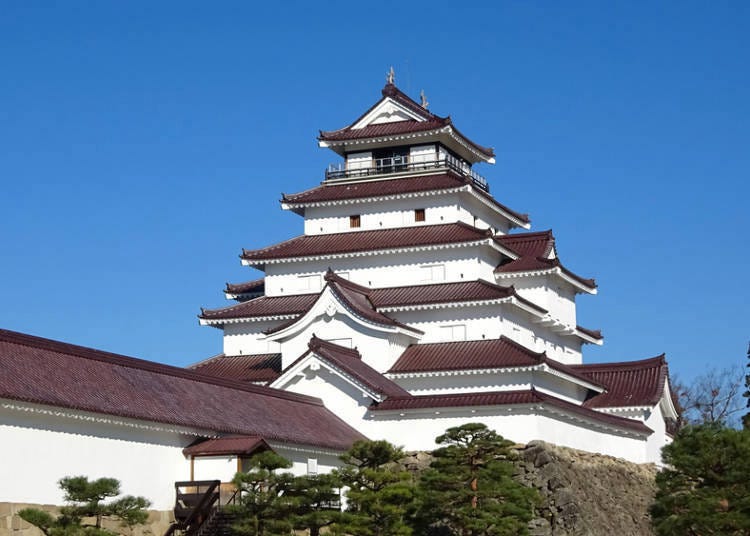
For about 500 years in the Middle Ages, Tsuruga Castle housed many prominent families, such as the Date and Gamo Clan, the Uesugi Clan, and the Matsudaira Clan. Such a famous castle was known for its strong defense, enduring for an entire month under the enemy's attack during the 1868 war. The castle was demolished with the changing time period in 1874.
Tsuruga Castle was restored to its present appearance in 1965, and it is said to be the only castle in Japan that still has the same red-tiled roof from the time before it was demolished. Inside the castle tower is a reproduction of the inside of Tsuruga Castle as it was around 1868, as well as exhibits showing the history of Aizu and the succeeding castle lords. If you climb to the top floor, you can see a view of Mt. Bandai and Iimori Hill, as well as the townscape of Aizu.
-
Tsuruga Castle鶴ヶ城
- Address 1-1, Otemachi, Aizuwakamatsu Shi, Fukushima 965-0873
- Phone Number 0242-27-4005
・Hours: Open daily 8:30 - 17:00
・Admission: 410 yen
2. Ouchi-juku: Stroll around a quaint town filled with thatched-roof homes
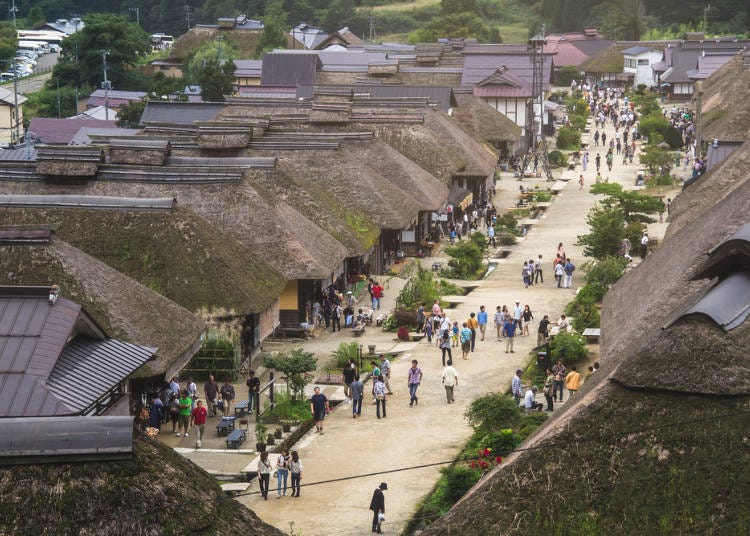
Ouchi-juku was a post town that prospered as a base for travel and transportation during the Edo Period (1600-1867), focusing on lodging and luggage intermediation and wholesale.
Today, the 30 thatch-roofed restaurants and souvenir shops make it one of Tohoku's most popular tourist destinations. If you want to take some nice photos of the city, visit Koyasu Kannon Temple, which is a little uphill at the end of the road. There you can get a panoramic view of Ouchi-juku.
Their specialty dish is “negi soba,” which is served with a whole green onion instead of a chopstick to slurp the noodles. We also recommend “shingorou,” a dish made by rolling rice with egoma miso and baking it, as well as the Ouchi-juku omotenashi dish “tochimochi,” made from locally grown persimmons.
-
Ouchi-juku大内宿
- Address Yamamoto, Ouchi, Minamiaizu-gun Shimogo-machi, Fukushima 969-5207
・Phone: 0241-68-3611 (Ouchi-juku Tourism Association)
・Hours: Vary by location
3. Urabandai: Surround yourself with natural scenery
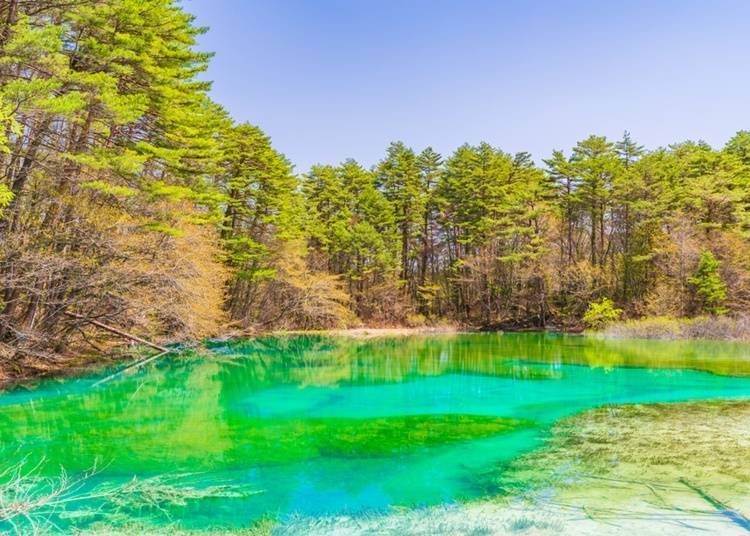
Urabandai appeared on the north side of Mt. Bandai after a steam explosion in 1888. You can see the crater walls, the rocks that resulted from the blast, as well as the rough surface of the mountain. Another notable sightseeing spot is the hundreds of lakes formed from the rocks blocking the river’s flow.
Among them is the “Goshikinuma Konumagun,” a collective term for a group of about 20-30 large and small lakes, including Lake Aonuma and Goshikinuma. These lakes’ waters change from emerald green to cobalt blue depending on the time of day and the sunlight.
You can also walk along the scenic path, “Goshikinuma Shizen Tanshoro,” and explore the beautiful lakes and marshes one by one, with Mt. Azuma and Mt. Bandai in the background. It takes about one hour, and though it is a relatively easy walk with few altitude differences, it is recommended to wear sneakers or trekking shoes for comfort.
-
Urabandai Visitor Center裏磐梯ビジターセンター
- Address 1093-697 Kengamine, Hibara, Kitashiobara-mura, Yama-gun, Fukushima 969-2701
- Phone Number 0241-32-2850
-

-
Address
Hibara, Kitashiobara-mura, Yama-gun, Fukushima, 966-0501
View Map -
Nearest Station
Inawashiro Station (Ban-etsusai Line)
25 minutes by bus
- Phone Number 0241-32-2349
-
Address
Hibara, Kitashiobara-mura, Yama-gun, Fukushima, 966-0501
4. Spa Resort Hawaiians: Take in an exciting show
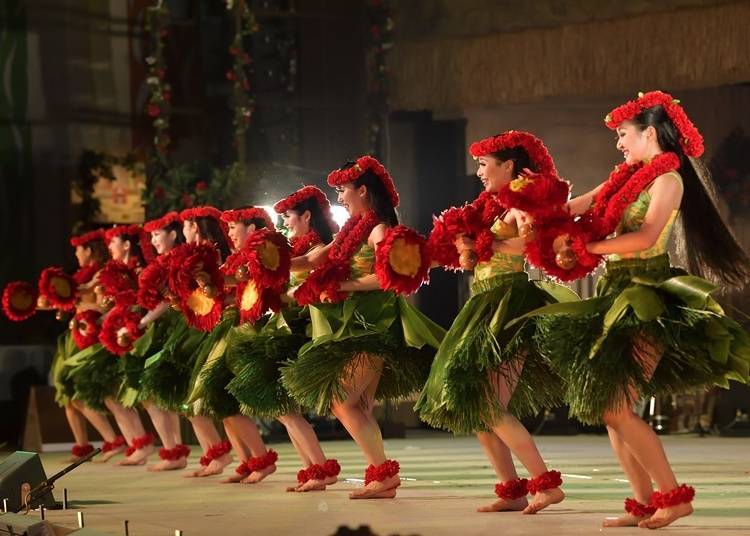
Spa Resort Hawaiians in Iwaki City occupies a site of approximately 130,000 square meters. The Hawaii-themed resort is home to the “Big Aloha” waterslide – Japan’s tallest and longest – and the “Beach Theater” featuring hula performances.
At the large open-air bath, you can relax in the hot waters of Iwaki Yumoto Onsen before shopping for souvenirs at the “Hawaiians Market,” which sells unique items and famous brands of Fukushima sake.
The resort has three hotels. At Hotel Hawaiians, Monolith Tower, and ViR Port, you can experience the feeling of a Hawaiian-themed resort, relax in a Japanese-style room, and spend time with your family. Each hotel is distinctly different, so you can choose which is best suited to your tastes.
-
Spa Resort Hawaiiansスパリゾートハワイアンズ
- Address 50 Warabihira, Jobandohara-cho, Iwaki-shi, Fukushima 972-8326
- Phone Number 0570-550-550
・Hours: 10:00 - 22:00 * Varies seasonally
・Admission: Adults 3,570 yen
5. Aquamarine Fukushima: Enjoy a variety of sea creatures
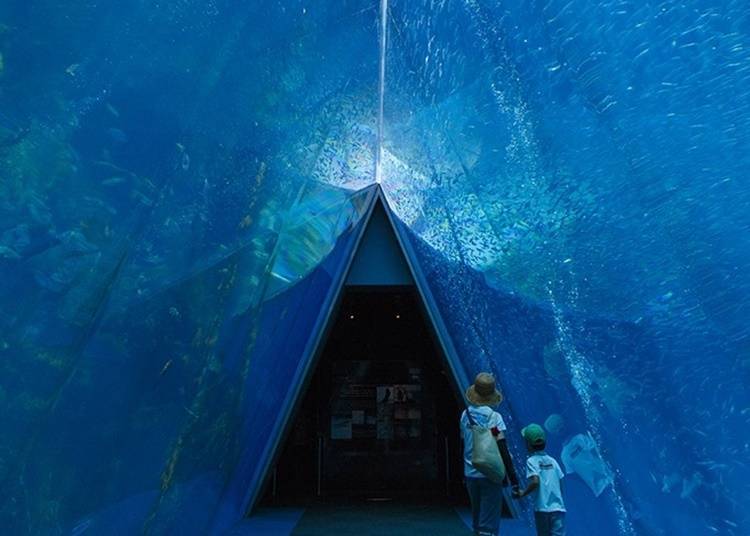
Aquamarine Fukushima is situated on Onahama Port No. 2 Wharf facing the Pacific Ocean. It comprises a four-story naturally-lit main building and an outdoor area where visitors can interact with various animals.
One of the highlights of the indoor area is the large tidal tank, which is a triangular tunnel-shaped tank filled with 2,050 tons of seawater and recreates the tide where the Oyashio and Kuroshio currents meet.
Visitors can watch sardines, bonito, rays, and more while walking through the tunnel, and it’s fun to find fish hiding behind the rocks. In addition, the Oyashio Ice Box displays colorful and unique creatures in 49 small icy aquariums, including the round-bellied “Tamakonnyakuo,” which can only be seen at Aquamarine Fukushima.
Serpent’s Eye Beach in the outdoor area is a 4,500 square meter touch pool. It’s popular with children, who can enter the water barefoot and come in direct contact with starfish and sea cucumbers.
-

-
Address
50, Tatsumicho, Onahama, Iwaki-shi, Fukushima, 971-8101
View Map -
Nearest Station
Izumi Station (Joban Line)
15 minutes by bus
- Phone Number 0246-73-2525
-
Address
50, Tatsumicho, Onahama, Iwaki-shi, Fukushima, 971-8101
6. Miharu Takizakura: Enjoy blossom viewing at Japan's famous 1,000-year-old cherry tree
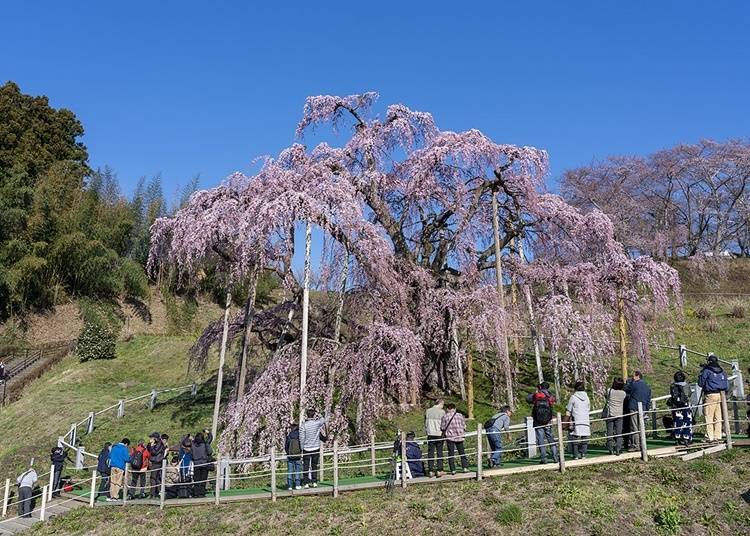
Takizakura, one of Japan’s three giant cherry trees, is a symbol of Miharu Town, also known for its old warehouses, shrines, and temples. The first cherry tree designated as a natural national monument, Miharu Takizakura is thought to be over 1,000 years old.
A weeping cherry tree, Takizakura’s branches measure 25 meters across east-west and 20 meters north-south. Innumerable small pink flowers emerge in mid-April when the tree is in full bloom, and thousands of visitors come to see the waterfall-like cherry blossoms.
There’s a promenade around the tree, and it takes about 30 to 60 minutes to circumnavigate. During the full bloom, it is often crowded from 9 a.m. to 3 p.m. on holidays, so visiting early in the morning or evening is recommended. That way, you’ll be able to fully enjoy Takizakura at a slower pace and take beautiful unobstructed pictures.
Beautiful in bright sunlight, it’s also a must-see when lit at night. The pink blossoms of Takizakura stand out in the darkness to create a fantastic atmosphere as time stands still for viewers.
-

-
Address
Sakurakubo, Taki, Miharu-machi, Tamura-gun, Fukushima, 963-7714
View Map -
Nearest Station
Miharu Station (Ban-etsuto Line)
15 minutes by bus
- Phone Number 0247-62-3690
-
Address
Sakurakubo, Taki, Miharu-machi, Tamura-gun, Fukushima, 963-7714
7. Iimoriyama Hill: Learn about the tragic history of the Byakkotai samurai
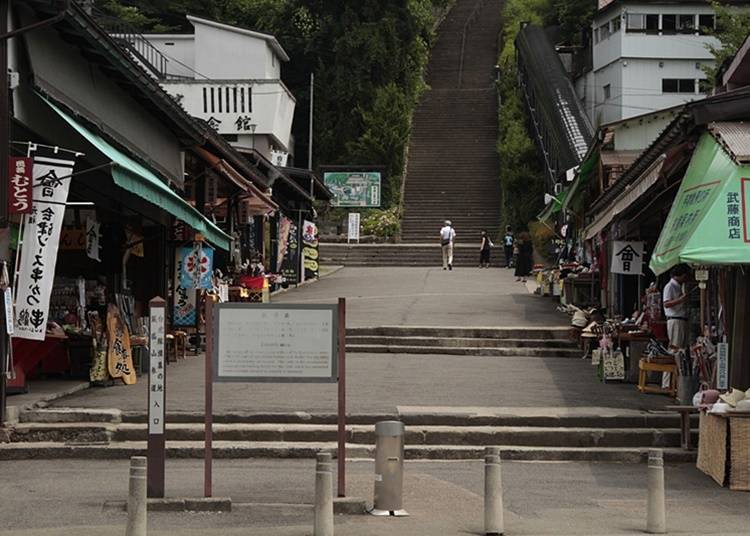
Iimoriyama is a small mountain in the Aizu region that can be reached from Aizu-Wakamatsu Station in 5 minutes on the “Akabe” tour bus. Over 150 years ago, a unit of young 16- to 17-year-old samurai known as “Byakkotai” committed seppuku on the site.
Other related facilities nearby include the Tomb of the Byakkotai Jukushi, where the Byakkotai are buried, and the Byakkotai Memorial Hall, which displays their history.

On Iimoriyama Hill, there’s another important national cultural property, Aizu Sazae-do, built in 1796. This unique hexagonal, three-tiered pagoda derives its name from its shape, which resembles the shell of a turban snail. Interestingly, the interior stairs are constructed in such a way that the ascending and descending staircases do not intersect.
-
Iimoriyama Hill飯盛山
- Address Bentensita, Ikkimachi Yahata, Aizuwakamatsu-shi, Fukushima 965-0003
・TEL: 0242-23-8000 (Aizuwakamatsu Tourism Bureau)
・Hours: Free entry
・Admission: Free (depending on the facility)
-

-
Address
155, Takizawa, Ikkimachiyahata, Aizuwakamatsu-shi, Fukushima, 965-0003
View Map -
Nearest Station
Aizu-wakamatsu Station (Tadami Line / Ban-etsusai Line)
5 minutes by bus
- Phone Number 0242-22-3163
-
Address
155, Takizawa, Ikkimachiyahata, Aizuwakamatsu-shi, Fukushima, 965-0003
8. Fruit Line: Pick seasonal goodies in Japan's 'Fruit Kingdom'
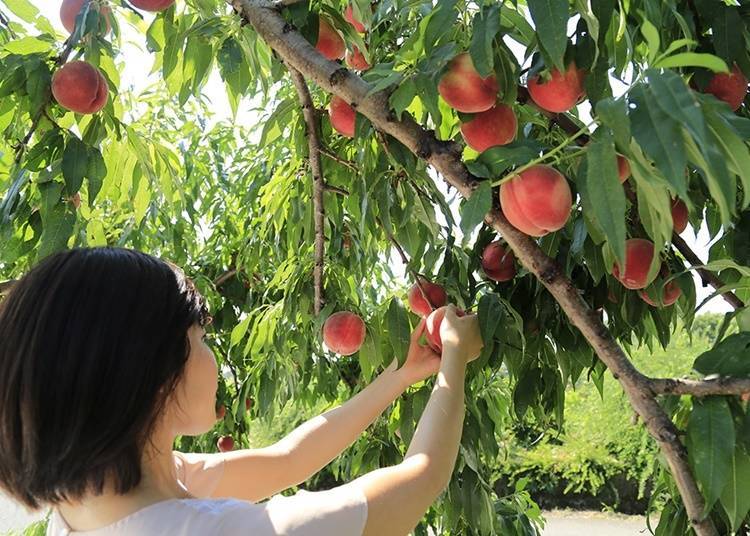
Fukushima Prefecture produces the second-largest amount of fruit in Japan, and the fourth-largest amount of pears, and is called the “Fruit Kingdom.”
If you want to experience the joys of fruit picking, head to Prefectural Route 5, commonly known as the “Fruit Line,” which runs along the foot of the Azuma mountain range on the west side of Fukushima City in the northern part of the prefecture. Along a 14-kilometer stretch of road, there are orchards where tourists can pick fruit.
In mid-June, cherries begin to grow, and Fukushima’s signature peach season starts in late July. Pears and grapes are harvested in fall, apples in winter and other fruits come into season throughout the year, so check before you visit.
Somehow, picking fruit yourself makes it even more delicious, and you can also buy fresh fruit at tourist orchard shops.
-
Fruit Lineフルーツライン
- Address Locations along Prefectural Route 5, varying by orchard/fruit store
・Phone: 024-529-7663 (Fukushima City Hall Agricultural Promotion Division)
9. Mugenkyo: Hop a ferry and enjoy the mysterious foggy scenery
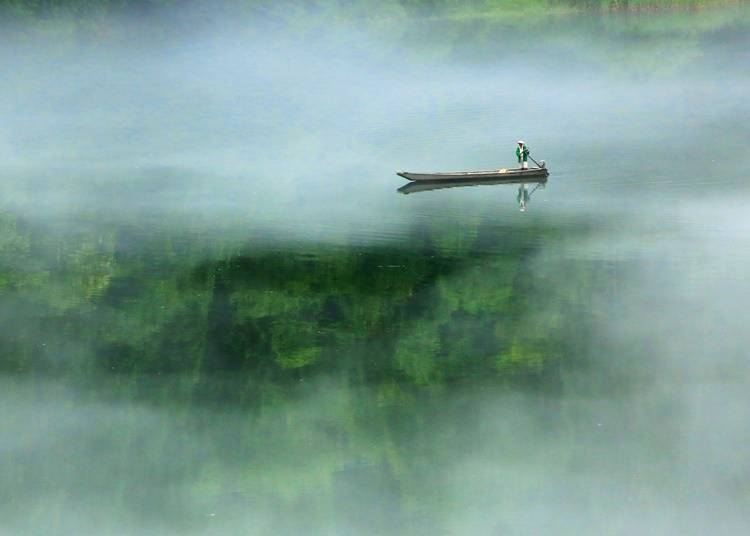
Until about 50 years ago, ferry boats were used as a means of transportation in the Mifuke Shuraku village along the Tadami River, which runs through the towns of Kaneyama and Mishima.
The village was abandoned and the boats disappeared with it, but eventually, they returned in the form of the Mugenkyo Ferry tour boats. The fantastic sight of the boats moving through the river fog has recently attracted increasing attention.
River fog is likely to occur when the water temperature is higher than the air temperature and the humidity is high, with the best times being morning and evening from June to August.
Even if there is no fog, you can still enjoy a spectacular view of the surrounding trees reflected on the mirror-like surface of the river. Please note that you need to make a reservation at least 5 days in advance for “Mugenkyo no Watashi.”
-
Mugenkyo no Watashi霧幻峡の渡し
- Address 19 Hayato, Onuma-gun, Mishima-machi, Fukushima 969-7406
・Phone: 0241-42-7211 (Kaneyama Town Tourism and Products Association)
・Hours: Open daily late April – mid-November, 7:00 – Sunset (may be suspended due to weather and river conditions)
・Admission: Tour 6,000 yen (45 minutes, up to 3 people. 4 or more people 1,800 yen per person *Reservation at least 5 days in advance required), other plans available (contact for details)
10. Kitakata: Take a walk through the scenic 'Warehouse Town'
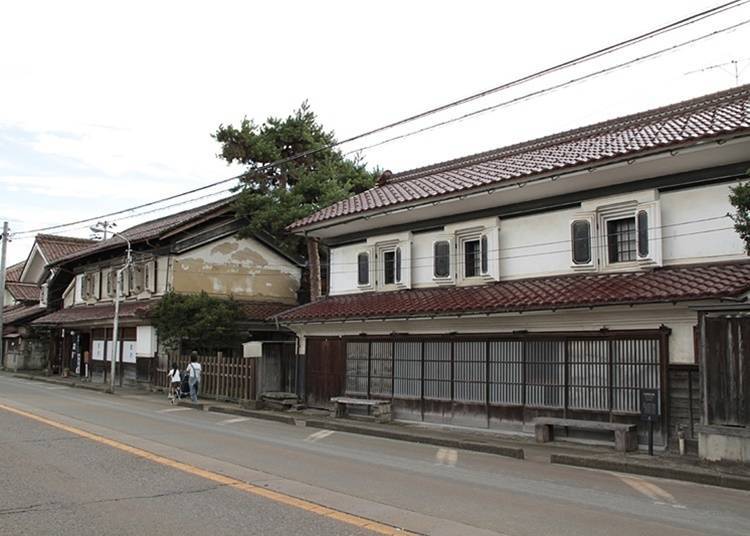
Due to its numerous old warehouses built to store food and other goods, Kitakata is called “Warehouse Town.” In a region where sake brewing and soy sauce production have been thriving since ancient times, such warehouses have long proven useful and many are still in active use.
Warehouses can be found throughout the city and suburbs, from main streets to back alleys, and the number is said to exceed 4,000. The buildings have been constructed in various sizes and styles, some made with brick and black plaster, white walls, etc.
At Kitakata Kura no Sato, which exists to pass on warehouse culture, you can learn more through a tour of the relocated warehouse and by viewing exhibition pieces related to the city’s warehouse history.
-
Kitakata Kura no Sato喜多方蔵の里
- Address 2-109 Oshikiri, Kitakata-shi, Fukushima 966-0094
- Phone Number 0241-22-6592
・Hours: Open daily 9:00 - 17:00 (last entry 16:30)
・Admission: Adults 400 yen, 200 yen for elementary, junior high, and high school students
11. Lake Inawashiro: Spend time at Japan's fourth-largest lake
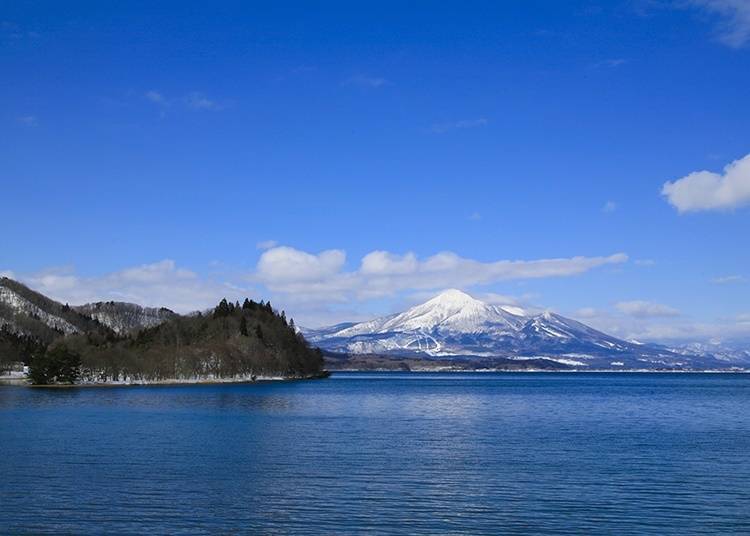
Lake Inawashiro, located almost exactly in the center of Fukushima Prefecture, is Japan’s fourth-largest lake. Highly transparent, the lake is also called “Tenkyoko” in reference to its being a “mirror-like lake that reflects the heavens.” Hundreds of swans inhabit the area from November through mid-April, making the lake a popular viewing spot.
Around Lake Inawashiro, there are plenty of points of interest, such as Western-style buildings built in the Meiji era (1868-1912) and facilities that collect handmade glass products from around the world. Depending on the season, you can also enjoy lake bathing, fishing, and canoeing.
-
Lake Inawashiro猪苗代湖
- Address Nagahama, Inawashiro-machi, Fukushima 969-3285
・Phone: 0242-62-2048 (Lake Inawashiro Tourism Association)
・Hours: Open Schedule
12. Waraji Festival: Join in one of Fukushima's famous summer festivals

The Fukushima Waraji Festival is an iconic summer festival held every August. Its origins lie in the traditional Shinto “Akatsuki Mairi” ritual that has continued for more than 400 years, during which prayers are made for health and safety when traveling.
The festival’s highlight is a parade in which people in “happi coats” carry a huge traditional waraji straw sandal, accompanied by drums and shouts of “Wasshoi! Wasshoi!”
With the 50th edition held in 2019, the festival format was changed to include live flute and drum music and dancers dancing to the new “Waraji Ondo” rhythm. Other festivities include straw sandal-making classes, and you can take your finished sandals home as a souvenir.
-
Fukushima Waraji Festival福島わらじまつり
- Address 6 Okitamacho, Fukushima-shi, Fukushima 960-8034
・Phone: 024-572-7118 (Fukushima Waraji Festival Executive Committee Secretariat)
13. Soma Nomaoi festival: Go see horse-riding warriors in summer
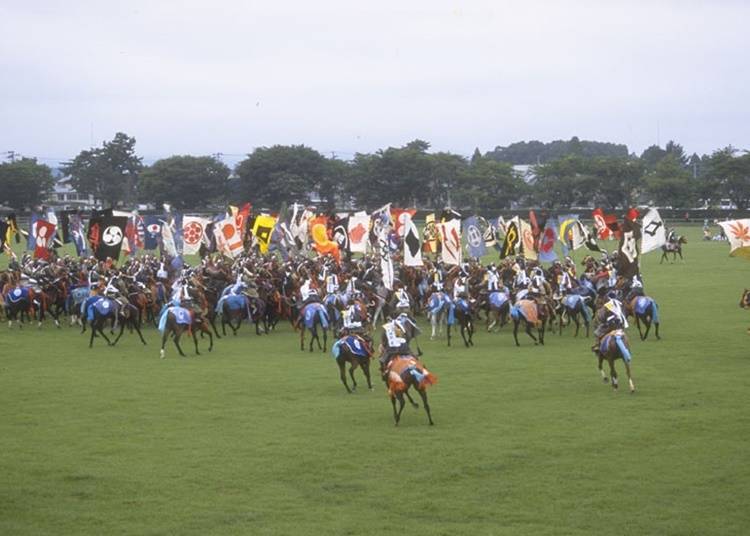
Soma Nomaoi is a traditional Shinto ritual in which horse-riding warriors wear ancestral armor and ride through the fields. This horse festival is designated as one of Japan’s important intangible folk cultural properties.
The festival takes place over three days, starting on the last Saturday of July every year. On the first day, horse-riding warriors depart from three shrines, and on the second day, about 400 riders compete for a Goshinki flag. The third day has multiple highlights, like the Nomakake, in which young people in white costumes catch horses with their bare hands and then dedicate them.
The second day’s “god flag battle” is by far the climax of the festival. Fireworks are launched high into the sky, and when they explode, two sacred flags are released and fall as the mounted warriors race to catch them. The cavalry scene is as powerful as a real battle!
-
Soma Nomaoi相馬野馬追
- Address 4-13-27 Hashimoto-cho, Haramachiku, Minamisoma-shi, Fukushima 975-0051
・Phone: 0244-22-3064 (Soma Nomaoi Executive Committee Secretariat)
14. Slurp some Kitakata Ramen: Kitakata’s gourmet specialty
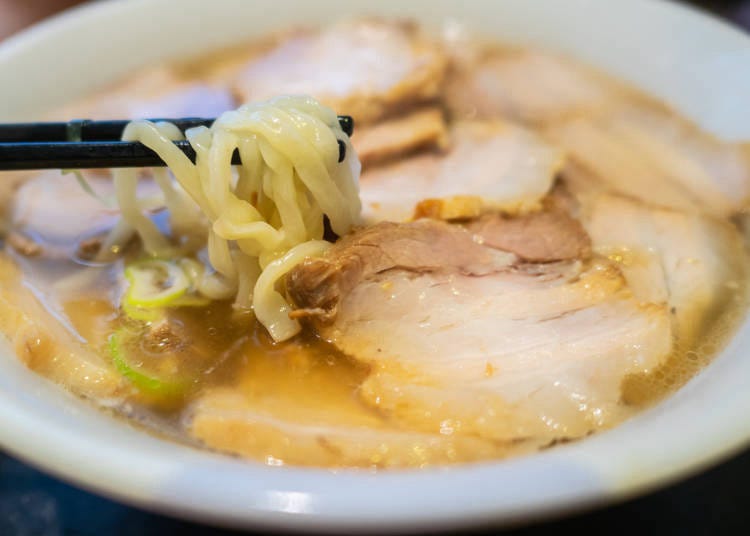
The origin of these noodles is said to have come from Chinese noodles that were sold in stalls by young people who had come from China between 1920 and 1930.
The noodles are thick and flat with a relatively high moisture level and are characterized by their firm appearance and texture. The soup has a soy sauce base, with flavors varying widely depending on the shop, from miso to salt.
It is recommended to use the Ramen Map available at the tourist information center when deciding where to eat. The Kitakata Ramen Burger, made from baked and hardened noodles together with pork, menma, and green onions, is another popular menu item.
Kitakata is also known for its unique culture of eating ramen early in the morning. This habit began when people who started work from very early in the morning, such as sake breweries and farmers, ate ramen during those early morning hours. You can currently order “morning ramen” at about 20 different shops.
Phone: 0241-24-5200 (Kitakata Tourism and Products Association)
15. Enban Gyoza: Sample dumplings full of bean paste and vegetables
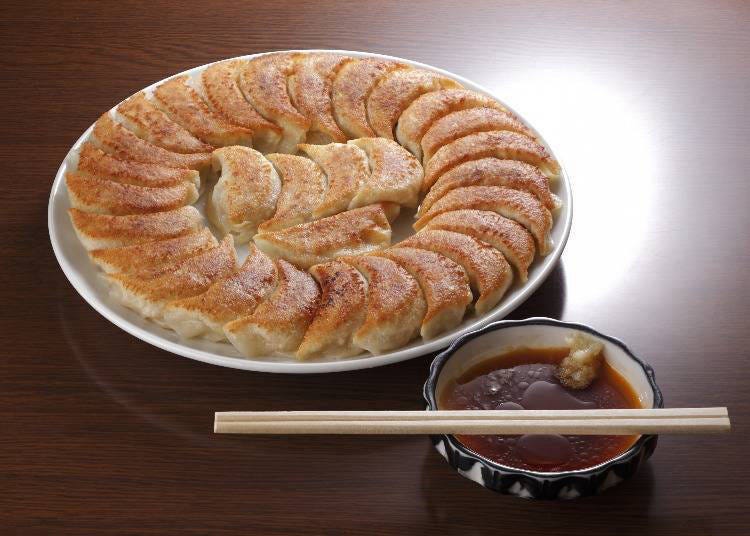
These local dumplings are arranged and baked in a frying pan to take the shape of a disk when served on a plate.
Sometime after World War II, the founder of the local gyoza shop "Genso Enban Gyoza Manpuku" visited China, where he tasted these dumplings at an izakaya stall arranged and baked in a wok.
You can now eat this dish at about 15 stores around Fukushima City, most of which open in the evening. It is said to be a remnant from the time when, with the growing popularity of these Fukushima dumplings, salarymen would eat them on the way home from work.
A special feature of this shop is the gyoza skin, some crisp and fried, and others kneaded with yomogi, or Japanese mugwort. The gyoza filling made from vegetables and minced meat is also very delicious and is the perfect accompaniment for a bottle of sake.
Phone: 024-525-4031 (Fukushima Prefecture Tourist Product Center)
16. Taste the local cuisine of the Aizu region
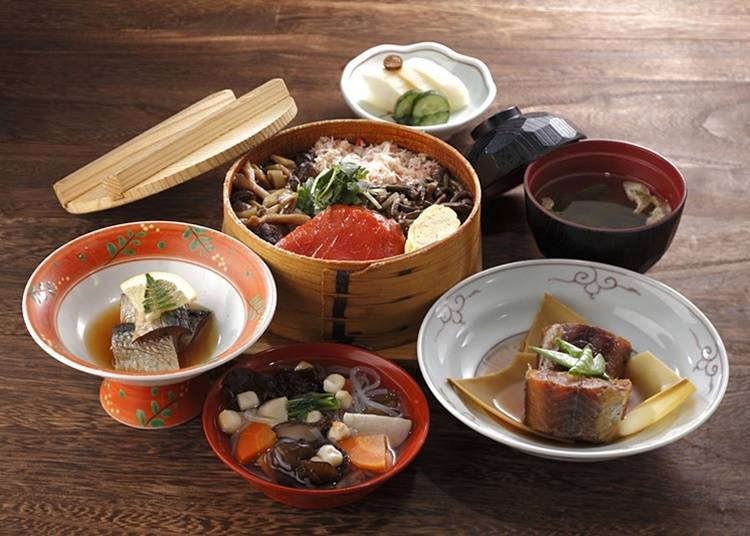
The western part of Fukushima Prefecture, the Aizu region, has many local dishes that use alpine produce and dried seafood. They are popular for their rich, classic flavor.
Kozuyu is one such dish representative of the Aizu region, served out of hospitality on special occasions like festival days and other ceremonial events. The soup stock is made from dried scallops and is combined with boiled vegetables such as carrots and shiitake mushrooms, and soybean paste.
Other local dishes include dried, pickled herring called Nishin no Sansho-zuke and Shingoro dumplings eaten in autumn to celebrate a good harvest. In addition, there are restaurants in Aizuwakamatsu where you can enjoy local cuisine, so why not sample some of the local flavors?
Phone: 0242-27-4005 (Aizu-Wakamatsu Sightseeing Bureau)
17. Sample Fukushima sake
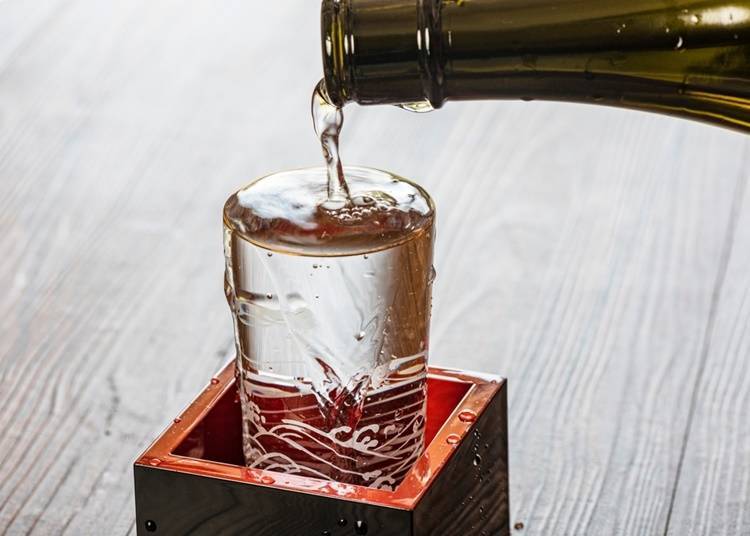
Fukushima Prefecture’s sake breweries have won many awards at the “National New Sake Appraisal,” a competition for exhibiting new sake. It is said that you can taste the most delicious sake in Japan in Fukushima.
There is also a school where you can study sake brewing for three years, and one focus of the prefecture as a whole is continually working to improve the quality of sake. Some sake breweries scattered throughout the prefecture also offer tours and tastings.
The Fukushima Prefecture Tourist Product Center on the first floor of the Corasse Fukushima building near Fukushima Station offers about 800 types of sake from 55 breweries. The center also has a dining area that serves three types of sake and popular dishes that go well with sake. It’s an easy way to sample Fukushima sake and the perfect place to buy souvenirs.
-
Fukushima Prefecture Tourist Product Center福島県観光物産館
- Address Corasse Fukushima 1F, 1-20 Mikawa Minamimachi, Fukushima
- Phone Number 024-525-4031
Hours: Open daily 9:30 - 19:00
18. Soak in the hot waters of Iizaka Onsen
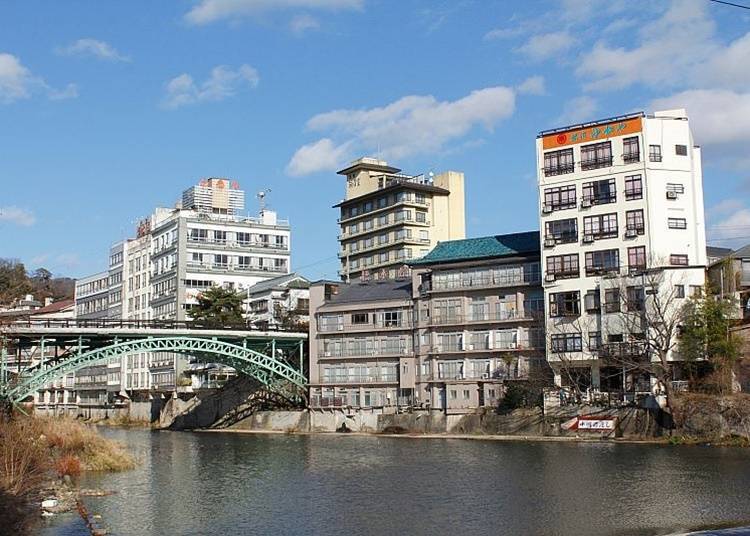
About 25 minutes from Fukushima Station on the Fukushima Transportation Iizaka Line, Iizaka Onsen is easily accessible from the city. It has a long history and is said to have started around 3,000 B.C.
This hot spring town is symbolic of the Tohoku region. Many people come to visit the 37 inns of various sizes that line the Surikami River and its tributary, the Aka River. There are 9 communal baths and 4 footbaths where you can easily enjoy the hot springs, and some inns offer day trip bathing.
A simple hot spring, Iizaka’s smooth waters are colorless and transparent simple and said to be effective in relieving neuralgia and fatigue. Dining at a local cafe or cafeteria after soaking in the hot water is a recommended way to complete a relaxing day of bathing.
-
Iizaka Onsen飯坂温泉
- Address Totsunamachi, Iizakamachi, Fukushima-shi, Fukushima 960-0201, Japan
・
Phone: 024-542-4241 (Iizaka Onsen Tourist Association / Iizaka Onsen Ryokan Cooperative)
-

-
Address
24-3 Iizakamachi, Fukushima-shi, Fukushima, 960-0201
View Map -
Nearest Station
Iizakaonsen Station (Iizaka Line)
26 minutes on foot
-
Address
24-3 Iizakamachi, Fukushima-shi, Fukushima, 960-0201
19. Buy some Okiagari-Koboshi: Cute folk crafts from Aizu
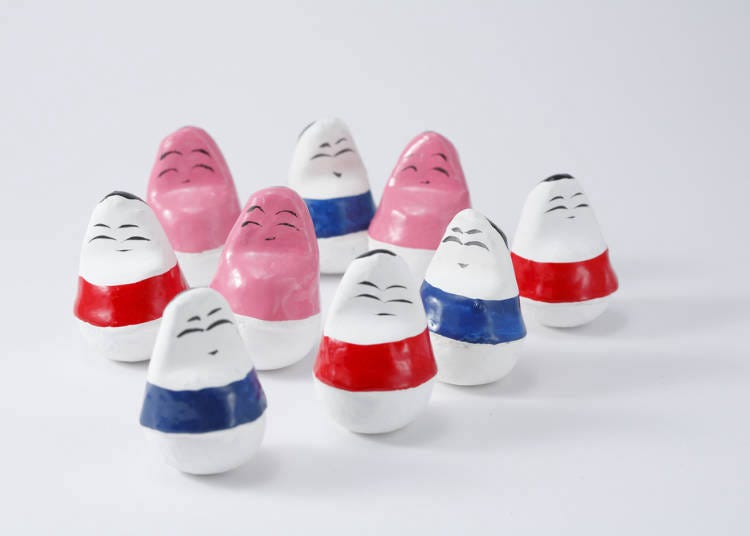
This folk craft represents the Aizu region, a figurine of a little priest with a soft and smiling expression. The locals have a New Year tradition in which they buy these dolls in amounts of one more than the number of members in their families, with the hopes of bringing their family prosperity and health. Because this figure stands up as soon as it falls down, it is thought to represent the ability to do good work.
They are sold in various sizes and many variations, such as red and blue with a white background and individual colors such as pink and red. They can be purchased at souvenir shops throughout the prefecture, including the Aizu region, and there are also workshops and tourist facilities that offer painting experience activities.
20. Get some tasty Tama-yokan as a souvenir
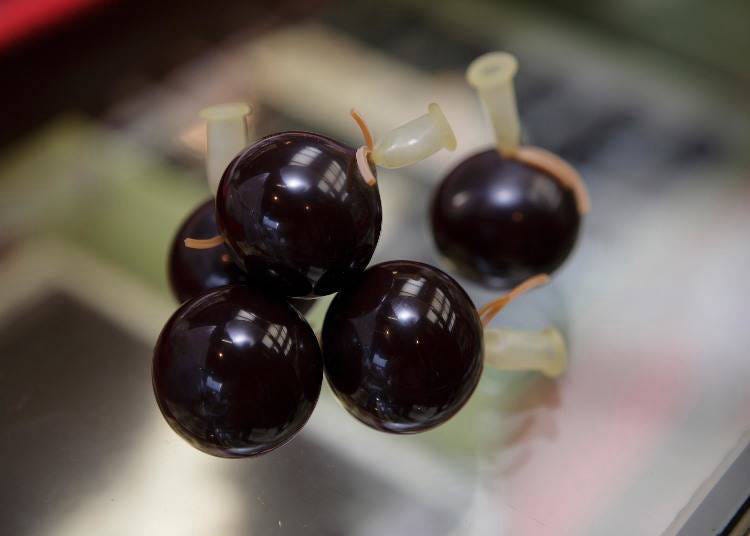
Tamashimaya is a long-established Japanese confectionery shop that has been around since the Edo Period. They are famous for Yokan, which has an elegant sweetness and a rich, red bean flavor, and was said to have been presented to the Tokugawa Shogunate, who ruled Japan at the time, by the Niwa Clan who owned Nihonmatsu Castle.
We especially recommend the cute, small, and round tama-yokan. It was developed at the request of a prefectural governor in 1937 to make a soft yokan that could be eaten even on the battlefield. The shopkeeper at the time realized that this yokan would stay fresh and soft forever when wrapped in rubber.
The unique way of eating it requires stabbing through the rubber with a toothpick and is another reason for its popularity. It has become a standard souvenir representing Fukushima Prefecture, and there are now even heart-shaped ones on sale.
-
Tamashimaya玉嶋屋
- Address 1-88 Motomachi, Nihommatsu-shi, Fukushima 964-0917
- Phone Number 0243-23-2121
Hours: Open daily 7:30 - 18:50
These 20 selections are just a taste of the rich in variety of Fukushima – enjoy your trip!
The information in this article is current as of April 2021. Please check official websites for the latest information before visiting.
Text by: Shoepress
*Prices and options mentioned are subject to change.
*Unless stated otherwise, all prices include tax.
Popular Tours & Activitiess
Recommended places for you
-
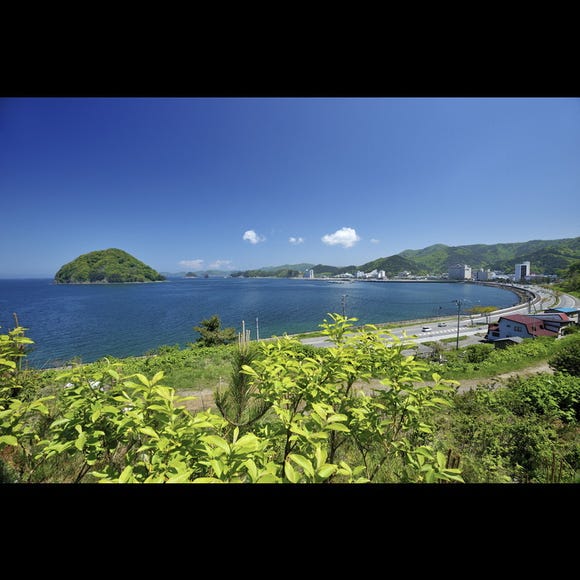
Asamushi Onsen
Hot Springs (Onsen) & Bath Houses (Sento)
Aomori, Hirosaki And Hachinohe
-

Ishiguro Samurai House
Historical Places
Surrounding Areas Of Akita
-
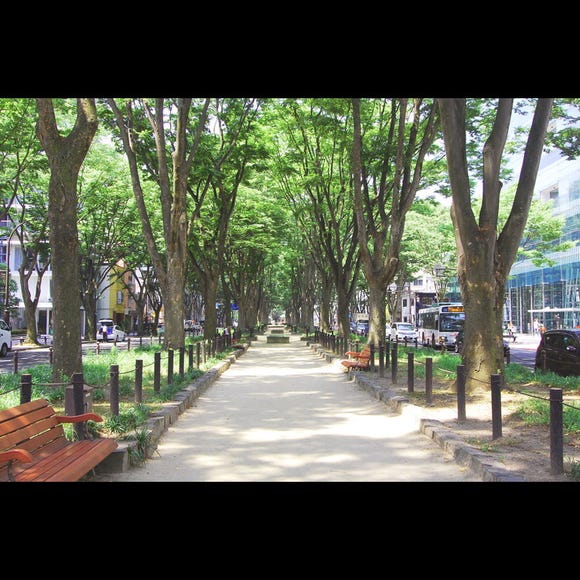
Jozenji Street
Other Townscapes
Sendai And Matsushima
-

Akiu Onsen
Hot Springs (Onsen) & Bath Houses (Sento)
Sendai And Matsushima
-
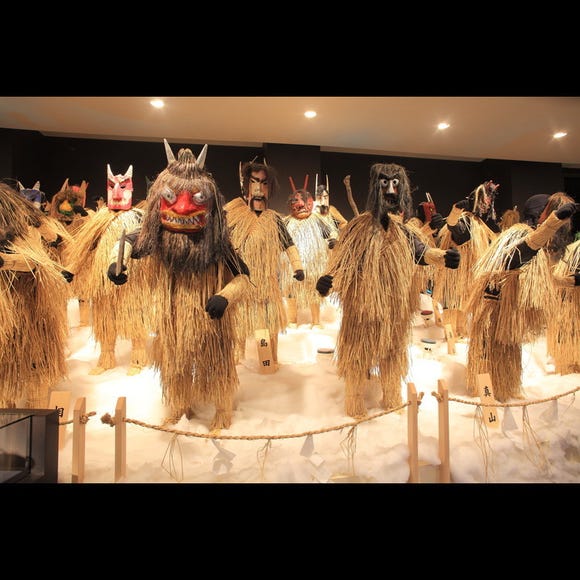
Namahage Museum
Other Museums
Surrounding Areas Of Akita
-
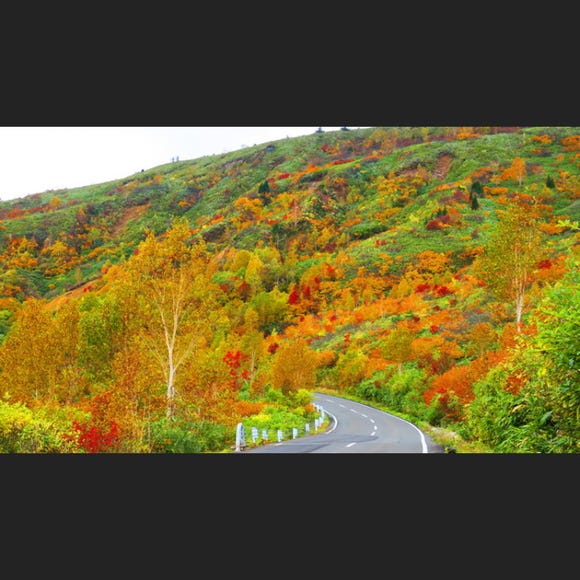
Hachimantai Aspite Line
Landscapes
Morioka, Hiraizumi And Hachimantai
-

Shopping in Niigata: 9 Must-Buy Souvenirs & Local Sake to Take Home
by: ShiroKu inc.
-

What to Buy in Aomori? 11 Aomori Souvenirs Locals Actually Recommend
by: ShiroKu inc.
-
Ad

Meet GU, UNIQLO’s Stylish Sister Brand! Fashion-Forward Clothing in the Latest Colors (Featuring Exclusive Coupon)
-

Dining in Yamagata: Must-Try Foods & Top Restaurants Near the Station
by: ShiroKu inc.
-

Niigata Sake no Jin 2026: Guide to Japan's Most Legendary Sake Weekend
-

Smart Ways to Avoid Crowds and Enjoy a Safe, Comfortable Trip to Myoko, Niigata Prefecture.
-

Yamagata Prefecture Guide: Destinations, Activities, Travel Advice, Shopping & More
by: Steve Csorgo
-

We Asked: What Do Foreign Tourists Love About Japan's Tohoku Region?
-

8 Things to Do on Sado Island (Niigata): The Curious 'Butterfly Island' That's One of Japan's Best-Kept Secrets
-

3 Famous Ramen Shops in Yamagata - Japan's "Ramen Prefecture"!
-

Visiting the Sacred Japanese Gardens at Entsuin Temple in Matsushima
-

Visiting Sendai in Spring: What You Need to Know About Traveling to Sendai Between March and May













